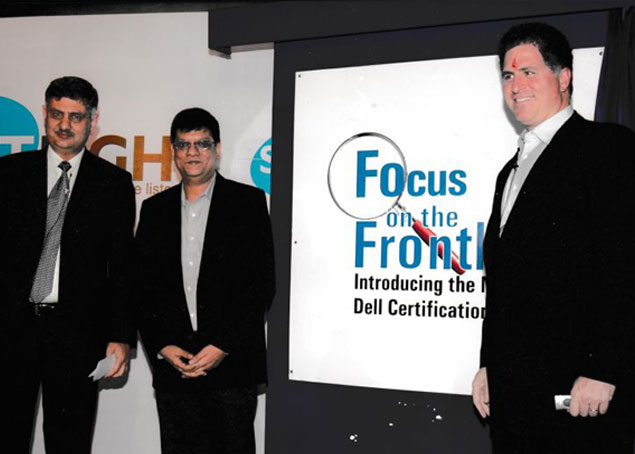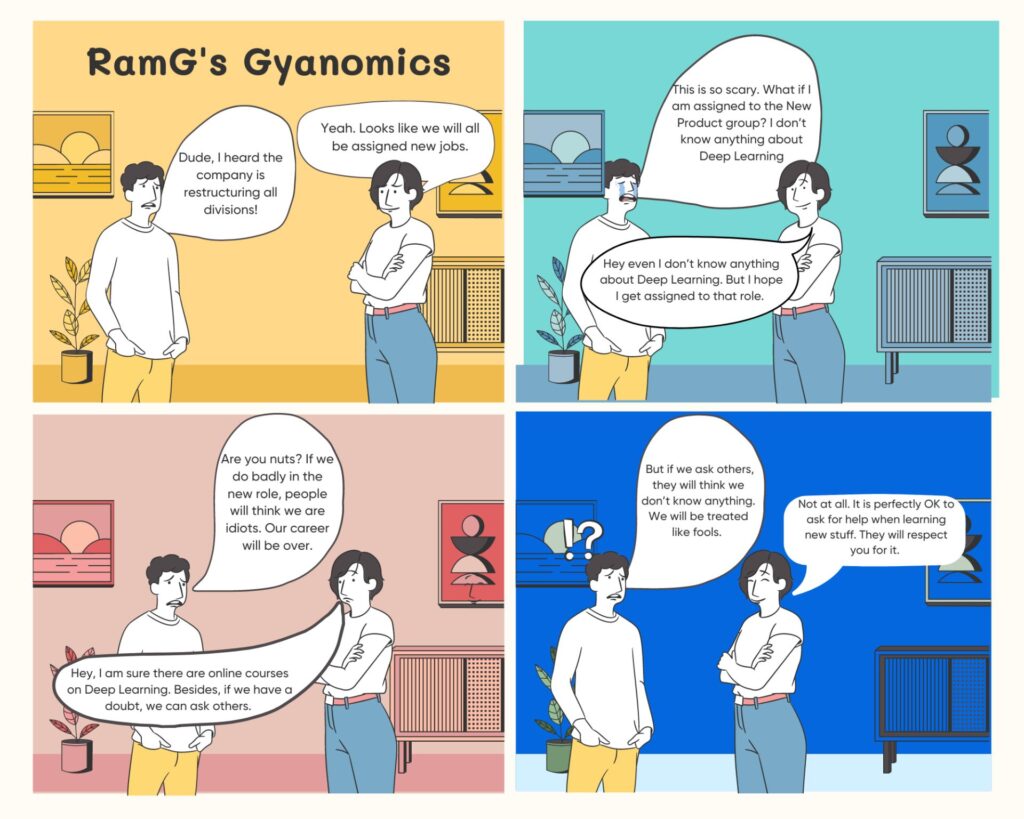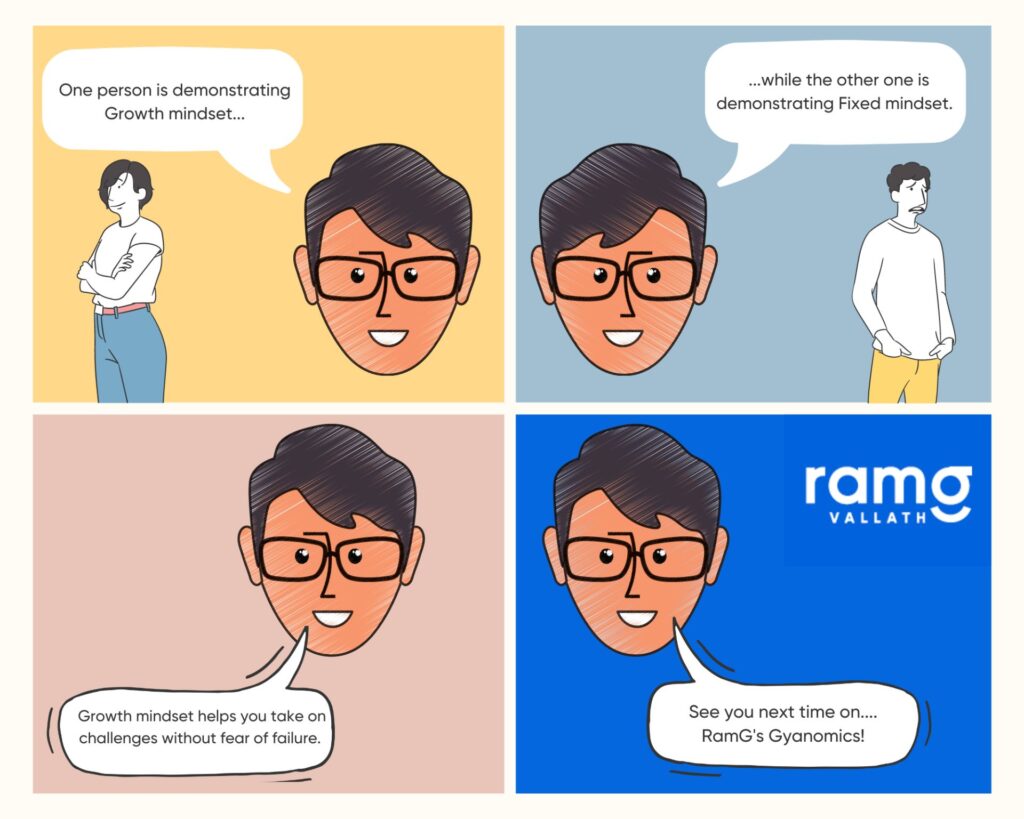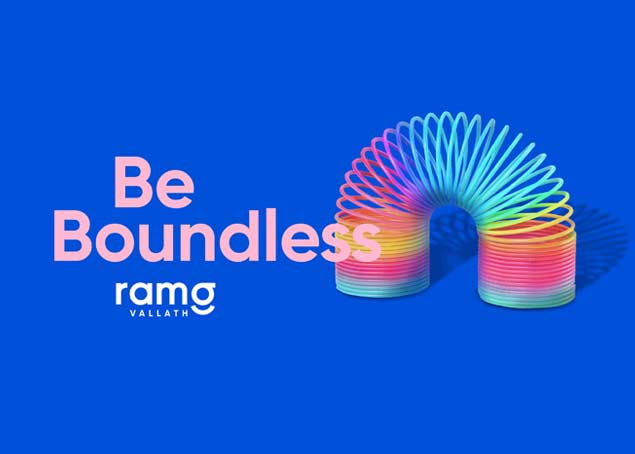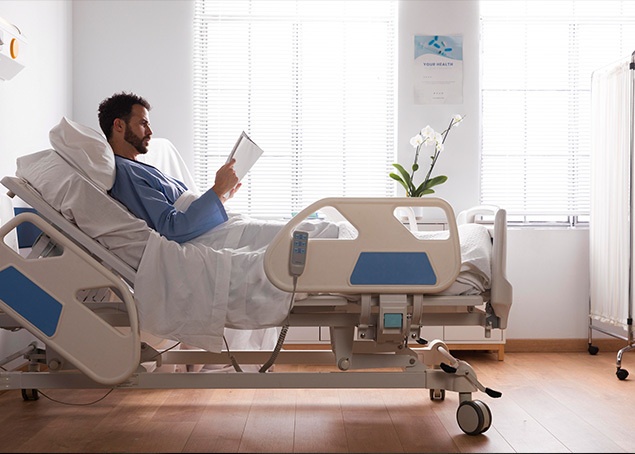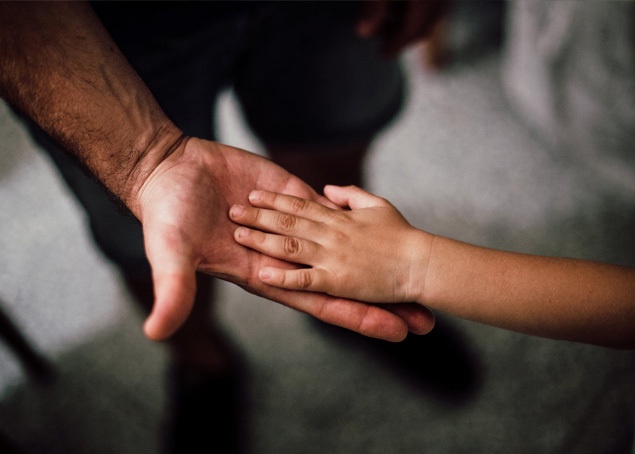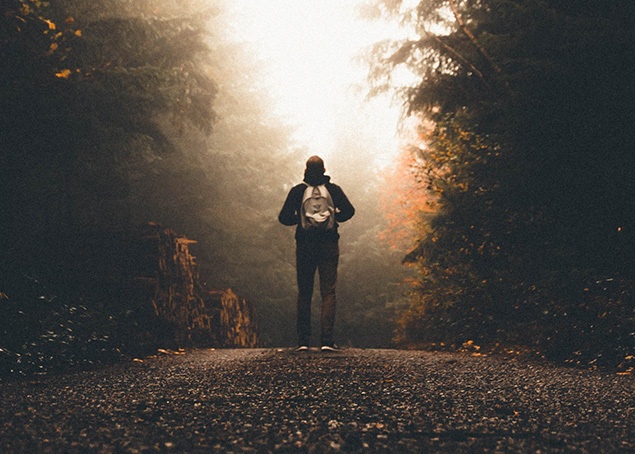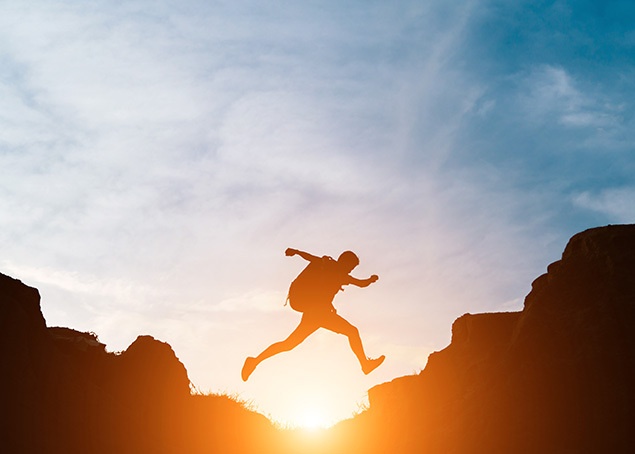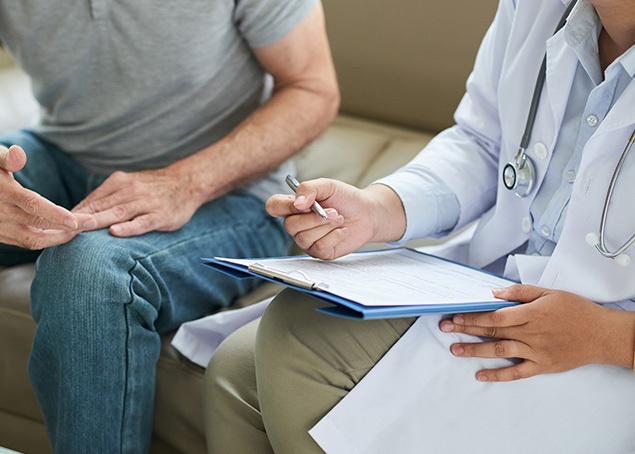I got promoted and then put on the Sidelines
I got promoted and then put on the Sidelines https://ramgvallath.com/wp-content/uploads/2022/10/RamG-Li-Post1-1.jpg 635 454 ramgi@user https://secure.gravatar.com/avatar/ce46ffe3044831cca29cedcddd6c594f?s=96&d=mm&r=gImagine being recruited to handle a team of 800 people, handling a Billion-dollar revenue and then being made to sit on the bench!! And then converting the setback into something huge.
That is what happened to me when I joined Dell as director sales for EMEA region. I left the general management COO role in Airtel for a sales role only because of the size of the business.
But by the time I joined, the company had restructured and I had no role. I was allotted a nice Director’s workstation, and even an admin assistant — to essentially sit and twiddle my thumbs all day.
I was completely shattered. Didn’t know who to speak to or WHAT to do.
Then I started pushing everyone to give me any job to do. Finally, I was told to create a certification program for customer care and tech support agent. From the dream of handling a billion-dollar revenue to doing a certification. What a whiplash!
And I didn’t even know what is a certification. And certainly not competency frameworks. But I took on the challenge. And with the help of helpful friends like Pankaj Rai and Ajay Tripathi, I managed to learn and start work on it. Soon this became a global initiative and I was one of the 4 core members who rolled out a 3-tier certification program globally. I was on stage with Romi Malhotra and Michael Dell launching it.
The only question one should ask in a job — “How do I add maximum value to the company?” The promotions, salary hikes etc. will follow. Do you think this philosophy is appropriate?
#growthmindset #positiveattitude #leadershipskills #BoundlessWithRamG #motivationalspeaker #happiness

